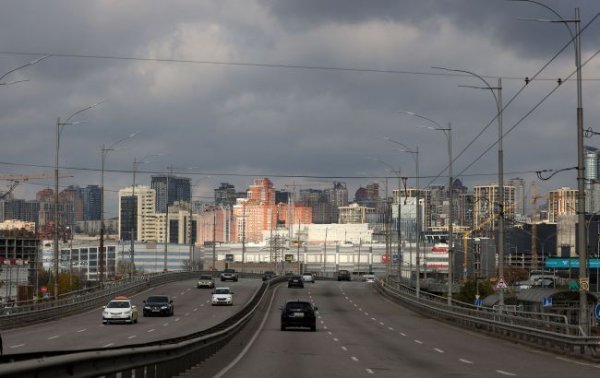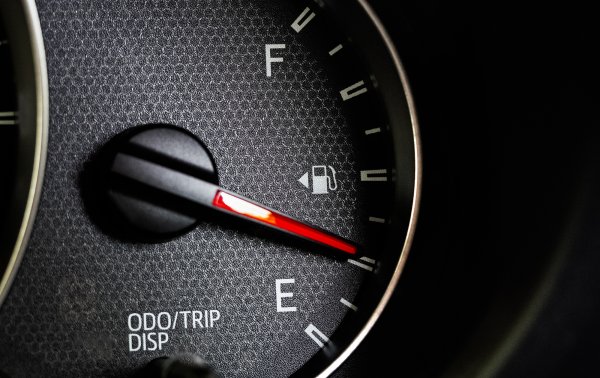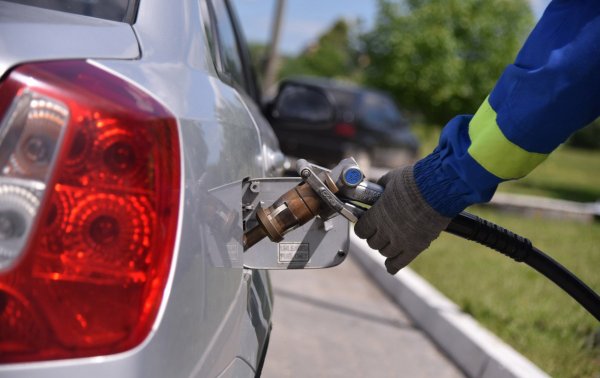
Photo: Saving Gasoline in the City (Getty Images) Author: Konstantin Shirokun
It is in the city that a car consumes the most fuel, so following saving techniques will be most effective in such conditions. We tell you about the most effective measures for saving on fuel.
Read about strict fuel saving measures in urban conditions in the RBC-Ukraine article.
Probably, the majority of Ukrainian motorists wind up their kilometers in urban conditions. Although driving in this mode is the least favorable for those who want to spend less money on refueling. It's very simple: on city streets, a car has to start and accelerate often, and this requires injecting additional portions of gasoline or diesel fuel into the cylinders. Therefore, it is believed that the main way to reduce the need for fuel is to switch to a restrained, balanced driving style. But this is not the only way.

Engine temperature . Nowadays, it is not customary to warm up the engine for a long time before driving, and on modern models, doing this at idle speed makes no sense. But when you start driving on a barely warm engine, do not immediately load it with high revs, vigorous acceleration and high speed – it is in these modes that the engine consumes a lot of fuel. If you drive slowly for the first few minutes after driving, the engine will warm up quickly and will not consume excess.
Nothing extra . In summer, the air conditioner increases fuel consumption by 0.5 – 1.0 l/100 km, in winter, heated windows, seats, additional headlights, etc. add to the engine's appetite. If you learn to create a microclimate in the cabin in a different way, the total fuel consumption in the city mode will noticeably decrease. But do not forget that at a speed above 50 – 60 km / h, a fully open window increases fuel consumption about the same as an activated air conditioner.
Moderate speed . Always remember that most mass-produced models experience a stepwise increase in fuel consumption at the 80-90 km/h limit. Because after 60-70 km/h, the aerodynamic component in the sum of the forces that resist the movement of the car increases. This rule applies both to country roads and to high-speed avenues in large cities.
Aerodynamics. If you often accelerate to 50 – 70 km/h in the city, keep in mind that everything that spoils the factory aerodynamics of the car will be important for you. That is, it is advisable to dismantle the upper trunk, additional rails, tuning spoilers, a large antenna, large non-standard mudguards, etc.
Rational routes . Every city has short and long routes – and there are also expensive and economical ones in terms of fuel. When planning a trip, take a minute to plan the road so that you don't have to overcome climbs and descents, get stuck in traffic jams, roll in first gear over potholes on uneven asphalt, or, say, cross large avenues and interchanges where you have to vigorously accelerate several times. We'll also tell you about such a concept as the last mile. This is when residents of large European cities agree to leave their car a block from their destination, just so as not to push for another half hour in a traffic jam or not look for a U-turn somewhere half a kilometer away in order to return home later.
Car malfunctions . Let us remind you that the car manufacturer declares the passport fuel consumption provided that the car is in perfect working order. In fact, only a few units and systems affect the engine's appetite, but they must be put in order: the engine must not be worn out, the fuel injectors and spark plugs must be clean, the brakes must be in good working order, the tires must be inflated, the wheel alignment angles must be adjusted.

In brief
If the transport item of expenditure is really important for your family budget, you need to learn the measures described above so that they become something natural. In fact, this is not difficult, you just need to bring rational management techniques to automatism and not deviate from the recommendations given here.
In preparing this article, materials from AutoBild and Motor were used .
Let us recall that RBC-Ukraine recently reported why pedestrians are not always right.
